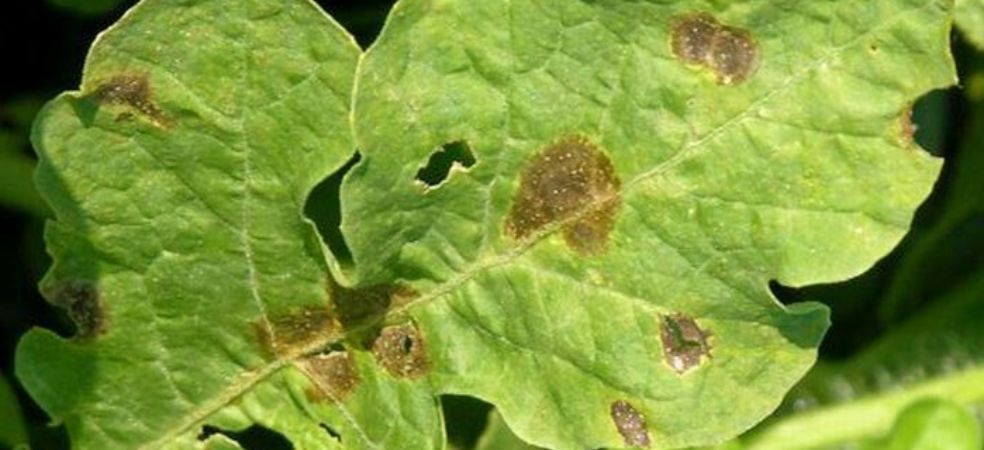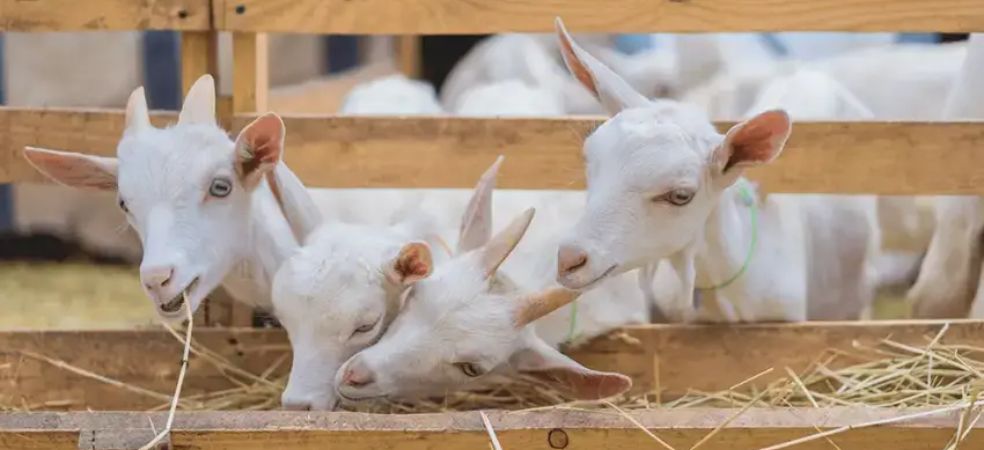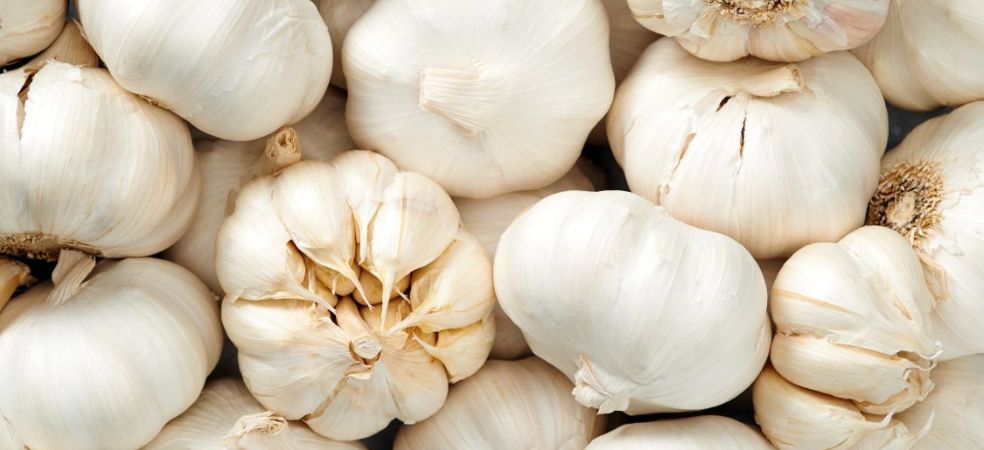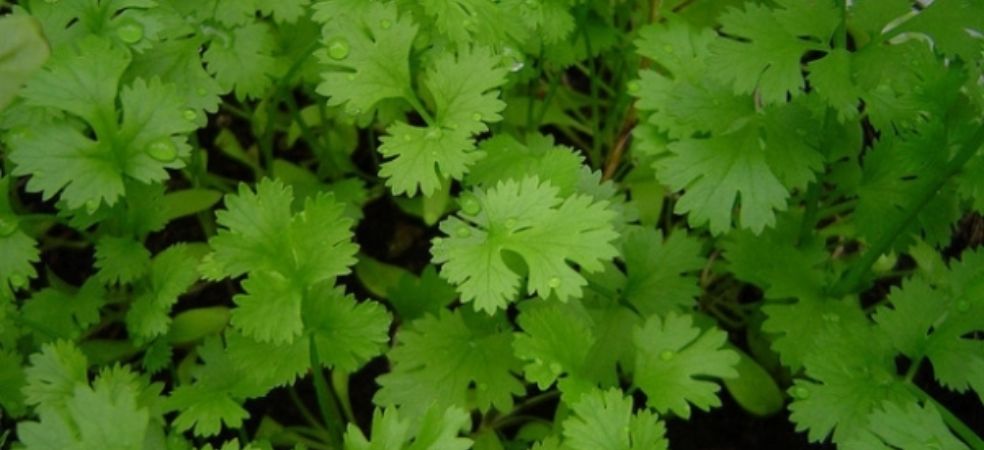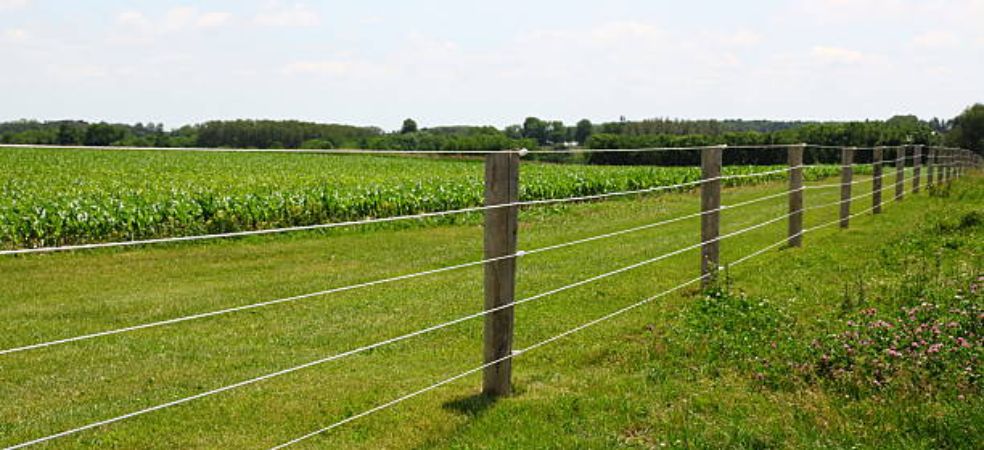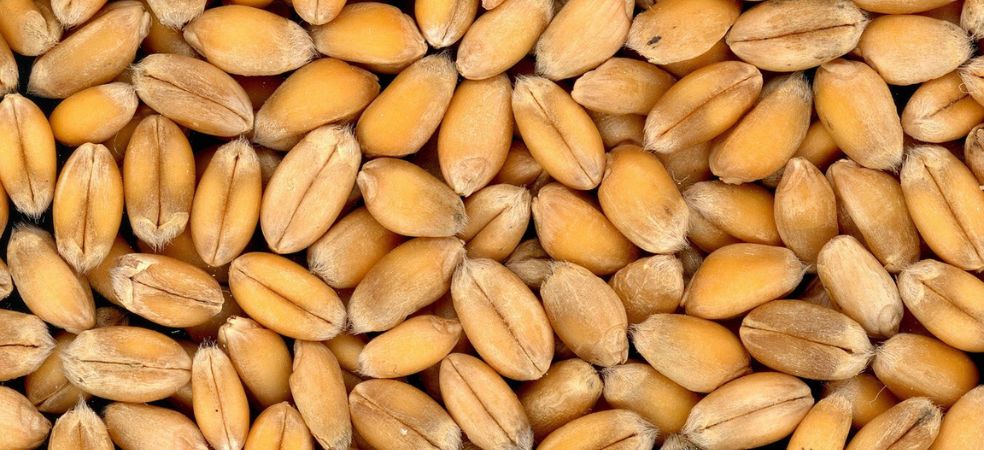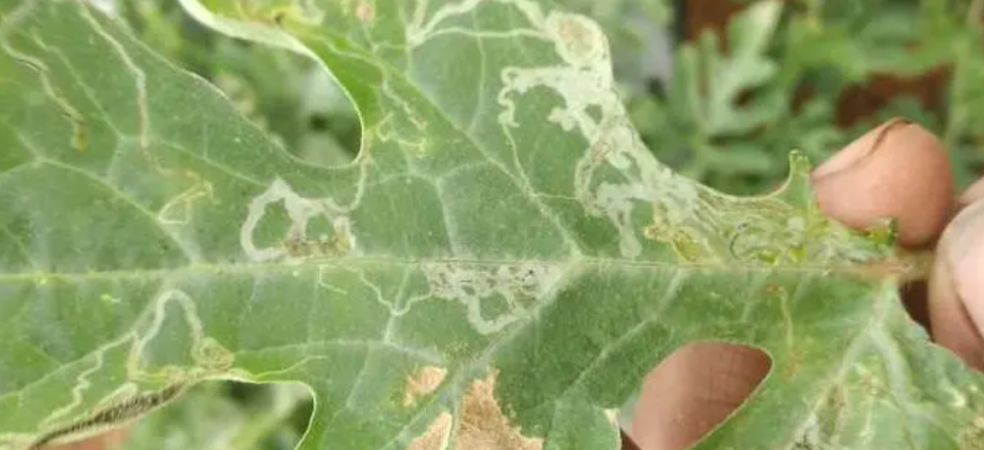What is the price of wheat in different mandis of Madhya Pradesh. Let’s see the complete list.
| Rates of Wheat in the mandis of MP |
| District |
Market |
Variety |
Minimum Price (per quintal) |
Maximum Price (per quintal) |
| Shajapur |
Agar |
Wheat |
2451 |
2538 |
| Ashoknagar |
Ashoknagar |
Wheat |
2400 |
2750 |
| Chhatarpur |
Badamalhera |
Mill Quality |
2350 |
2435 |
| Ujjain |
Badnagar |
Malwa Shakti |
2400 |
2410 |
| Dhar |
Badnawar |
Wheat |
2450 |
2450 |
| Shivpuri |
Barad |
Wheat |
2265 |
2265 |
| Raisen |
Begamganj |
Wheat |
2430 |
2500 |
| Betul |
Betul |
Mill Quality |
2420 |
2445 |
| Sagar |
Bina |
Wheat |
2475 |
2475 |
| Ashoknagar |
Chanderi |
Wheat |
2325 |
2380 |
| Seoni |
Chhpara |
Mill Quality |
2450 |
2450 |
| Mandsaur |
Daloda |
Wheat |
2700 |
2700 |
| Datia |
Datia |
Mill Quality |
2400 |
2405 |
| Datia |
Datia |
Wheat |
2392 |
2392 |
| Sagar |
Deori |
Mill Quality |
2625 |
2625 |
| Sagar |
Deori |
Wheat |
2600 |
2605 |
| Sagar |
Deori |
Wheat-Organic |
2600 |
2600 |
| Dewas |
Dewas |
Wheat |
2300 |
2350 |
| Dhar |
Dhamnod |
Wheat |
2460 |
2460 |
| Dhar |
Dhar |
Local |
2600 |
2605 |
| Dhar |
Dhar |
Lokwan |
2600 |
2625 |
| Dhar |
Dhar |
Mill Quality |
2380 |
2380 |
| Dhar |
Dhar |
Wheat |
2430 |
2430 |
| Narsinghpur |
Gadarwada |
Mill Quality |
2399 |
2400 |
| Sagar |
Garhakota |
Wheat |
2400 |
2425 |
| Indore |
Gautampura |
Wheat |
2460 |
2540 |
| Bhind |
Gohad |
Wheat |
2300 |
2300 |
| Guna |
Guna |
Wheat |
2595 |
3910 |
| Harda |
Harda |
Mill Quality |
2510 |
2510 |
| Khandwa |
Harsood |
Wheat |
2425 |
2460 |
| Indore |
Indore |
Malwa Shakti |
2490 |
2560 |
| Indore |
Indore |
Mill Quality |
2401 |
2925 |
| Indore |
Indore |
Wheat |
2466 |
2525 |
| Jabalpur |
Jabalpur |
Wheat |
2425 |
2428 |
| Rajgarh |
Jeerapur |
Mill Quality |
2330 |
2330 |
| Rajgarh |
Jeerapur |
Wheat |
2325 |
2330 |
| Jhabua |
Jhabua |
Wheat |
2511 |
2511 |
| Alirajpur |
Jobat |
Wheat |
2425 |
2430 |
| Shivpuri |
Karera |
Mill Quality |
2311 |
2400 |
| Shivpuri |
Karera |
Other |
2330 |
2340 |
| Katni |
Katni |
Mill Quality |
2405 |
2405 |
| Khandwa |
Khandwa |
Wheat |
2451 |
2462 |
| Tikamgarh |
Khargapur |
Mill Quality |
2426 |
2427 |
| Khargone |
Khargone |
Wheat |
2525 |
2550 |
| Rajgarh |
Khujner |
Mill Quality |
2336 |
2336 |
| Dhar |
Kukshi |
Lokwan |
2505 |
2505 |
| Dhar |
Kukshi |
Wheat |
2400 |
2511 |
| Guna |
Kumbhraj |
Wheat |
2215 |
2215 |
| Gwalior |
Lashkar |
Wheat-Organic |
2300 |
2300 |
| Mandsaur |
Mandsaur |
Wheat |
2500 |
2500 |
| Bhind |
Mehgaon |
Wheat |
2355 |
2355 |
| Khandwa |
Mundi |
Wheat |
2400 |
2400 |
| Mandla |
Nainpur |
Wheat |
2425 |
2425 |
| Rajgarh |
Narsinghgarh |
Mill Quality |
2400 |
2400 |
| Rajgarh |
Narsinghgarh |
Wheat |
2325 |
2325 |
| Narsinghpur |
Narsinghpur |
Mill Quality |
2350 |
2400 |
| Narsinghpur |
Narsinghpur |
Mill Quality |
2395 |
2420 |
| Sehore |
Nasrullaganj |
Wheat |
2501 |
2538 |
| Chhatarpur |
Naugaon |
Wheat |
2425 |
2435 |
| Tikamgarh |
Niwadi |
Mill Quality |
2320 |
2395 |
| Rajgarh |
Pachaur |
Wheat |
1537 |
2400 |
| Seoni |
Palari |
Wheat Mix |
2409 |
2409 |
| Panna |
Panna |
Mill Quality |
2500 |
2500 |
| Jhabua |
Petlawad |
Lokwan |
2450 |
2460 |
| Jhabua |
Petlawad |
Wheat |
2305 |
2325 |
| Shivpuri |
Pichhour |
Mill Quality |
2200 |
2300 |
| Mandsaur |
Piplya |
Wheat |
2358 |
2358 |
| Shivpuri |
Pohari |
Wheat |
2325 |
2325 |
| Ratlam |
Ratlam |
Wheat |
2400 |
3051 |
| Ratlam |
Ratlam |
Wheat-Organic |
2950 |
3011 |
| Sehore |
Rehati |
Wheat |
2450 |
2450 |
| Sagar |
Rehli |
Wheat |
2389 |
2402 |
| Ratlam |
Sailana |
Lokwan |
2400 |
2500 |
| Khargone |
Sanawad |
Wheat |
2380 |
5650 |
| Indore |
Sanwer |
Wheat |
2250 |
2551 |
| Satna |
Satna |
Wheat |
2346 |
2346 |
| Jabalpur |
Sehora |
Mill Quality |
2586 |
2586 |
| Badwani |
Sendhwa |
Wheat |
2530 |
2600 |
| Seoni |
Seoni |
Mill Quality |
2348 |
2350 |
| Seoni |
Seoni |
Wheat |
2470 |
2470 |
| Sagar |
Shahagarh |
Mill Quality |
2350 |
2350 |
| Sagar |
Shahagarh |
Mill Quality |
2325 |
2350 |
| Mandsaur |
Shamgarh |
Wheat |
2307 |
2307 |
| Sheopur |
Sheopurbadod |
Wheat |
2370 |
2370 |
| Sheopur |
Sheopurkalan |
Wheat |
2340 |
2480 |
| Shivpuri |
Shivpuri |
Mill Quality |
2350 |
2350 |
| Dewas |
Sonkatch |
Wheat |
2310 |
2450 |
| Shajapur |
Soyatkalan |
Wheat |
2325 |
2325 |
| Shajapur |
Susner |
Wheat |
2280 |
2360 |
| Ujjain |
Tarana |
Wheat |
2289 |
2388 |
| Jhabua |
Thandla |
Mill Quality |
2500 |
2500 |
| Ujjain |
Ujjain |
Wheat |
2400 |
2425 |
| Sheopur |
Vijaypur |
Wheat |
2310 |
2310 |
Source: Agmarknet
To know the information related to agriculture and the latest market price, keep reading Gramophone articles. If you liked today’s information then do share it with friends.
Share


